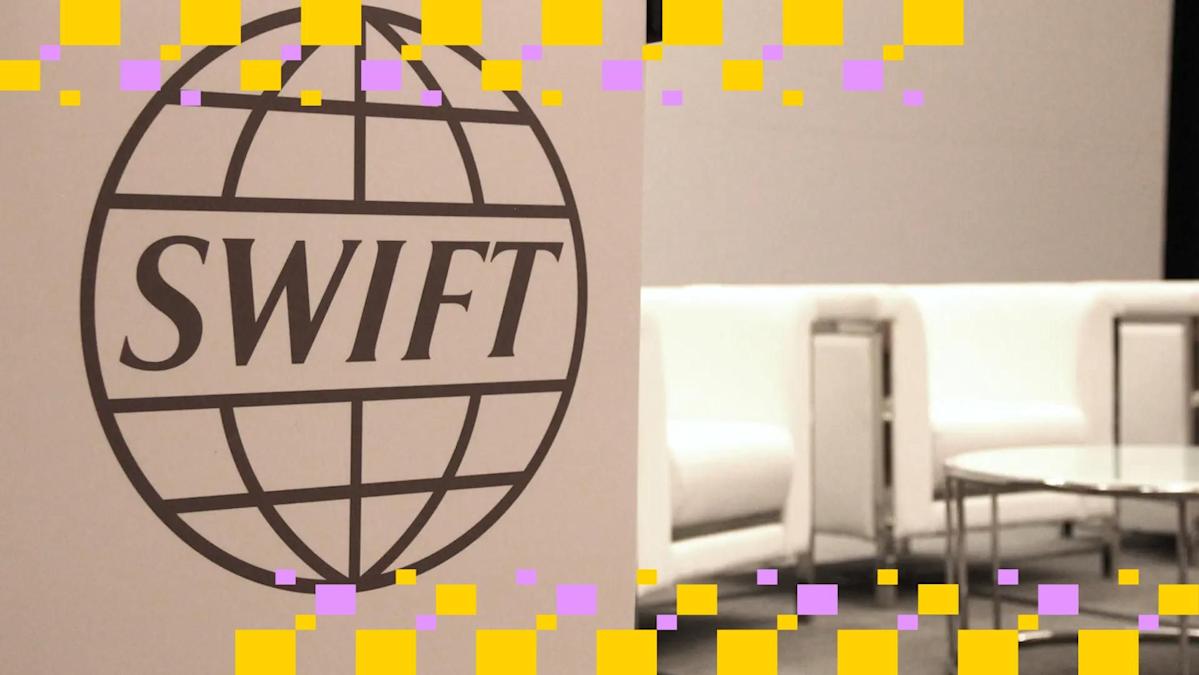SWIFT, the backbone of the global financial messaging system, is taking a step toward becoming a full-fledged blockchain infrastructure provider.
This week, the network unveiled plans to build a shared ledger platform that will let banks settle transactions involving stablecoins and tokenized assets across multiple blockchains.
While SWIFT has long served as the messaging layer for cross-border money movement, the new platform would put it closer to the center of value transfer.
That’s a major shift for a more than 50-year-old traditional financial organization known for handling communications between more than 11,500 banks, not for moving money itself.
“The big development is SWIFT’s changing business model to cope with blockchain disintermediation,” said Noelle Acheson, author of the Crypto Is Macro Now newsletter. “SWIFT, today, does not transfer value; it sends messages. Onchain, the message and the transfer are the same thing.
Acheson argued the new platform could act as a “switching” layer for digital currencies and tokenized assets, bridging otherwise siloed systems. However, she questioned whether SWIFT is still essential in a world of programmable money.
“Is SWIFT necessary in a tokenized financial system? No, it’s not—but it does have connections with virtually all global banks,” she said.
Those connections could give SWIFT an edge as banks look for a path into the blockchain economy.
“The industry is moving at a rapid pace, and stablecoins are being adopted globally at such a speed that traditional banks are having to take notice,” said Barry O’Sullivan, director of banking and payments at OpenPayd.
SWIFT said over 30 financial institutions are already engaged with the project. O’Sullivan expects more to follow as demand and regulatory clarity increase. “Adoption, interoperability and regulatory alignment will take time,” he said. “However, SWIFT is clearly positioning itself to play a meaningful role in shaping the evolving stablecoin and tokenised asset ecosystem.”
SWIFT’s platform could also “materially lower” technical barriers and integration costs for financial institutions that want to embed stablecoins into their operations, said David Duong, head of institutional research at Coinbase.
O’Sullivan noted that the platform could bring “some standardization to the global stablecoin ecosystem,” though fragmentation will likely persist. “Existing private stablecoins, CBDCs and regional solutions may continue to operate in parallel,” he said.
SWIFT, the backbone of the global financial messaging system, is taking a step toward becoming a full-fledged blockchain infrastructure provider.
This week, the network unveiled plans to build a shared ledger platform that will let banks settle transactions involving stablecoins and tokenized assets across multiple blockchains.
While SWIFT has long served as the messaging layer for cross-border money movement, the new platform would put it closer to the center of value transfer.
That’s a major shift for a more than 50-year-old traditional financial organization known for handling communications between more than 11,500 banks, not for moving money itself.
“The big development is SWIFT’s changing business model to cope with blockchain disintermediation,” said Noelle Acheson, author of the Crypto Is Macro Now newsletter. “SWIFT, today, does not transfer value; it sends messages. Onchain, the message and the transfer are the same thing.
Acheson argued the new platform could act as a “switching” layer for digital currencies and tokenized assets, bridging otherwise siloed systems. However, she questioned whether SWIFT is still essential in a world of programmable money.
“Is SWIFT necessary in a tokenized financial system? No, it’s not—but it does have connections with virtually all global banks,” she said.
Those connections could give SWIFT an edge as banks look for a path into the blockchain economy.
“The industry is moving at a rapid pace, and stablecoins are being adopted globally at such a speed that traditional banks are having to take notice,” said Barry O’Sullivan, director of banking and payments at OpenPayd.
SWIFT said over 30 financial institutions are already engaged with the project. O’Sullivan expects more to follow as demand and regulatory clarity increase. “Adoption, interoperability and regulatory alignment will take time,” he said. “However, SWIFT is clearly positioning itself to play a meaningful role in shaping the evolving stablecoin and tokenised asset ecosystem.”
SWIFT’s platform could also “materially lower” technical barriers and integration costs for financial institutions that want to embed stablecoins into their operations, said David Duong, head of institutional research at Coinbase.
O’Sullivan noted that the platform could bring “some standardization to the global stablecoin ecosystem,” though fragmentation will likely persist. “Existing private stablecoins, CBDCs and regional solutions may continue to operate in parallel,” he said.









Leave feedback about this